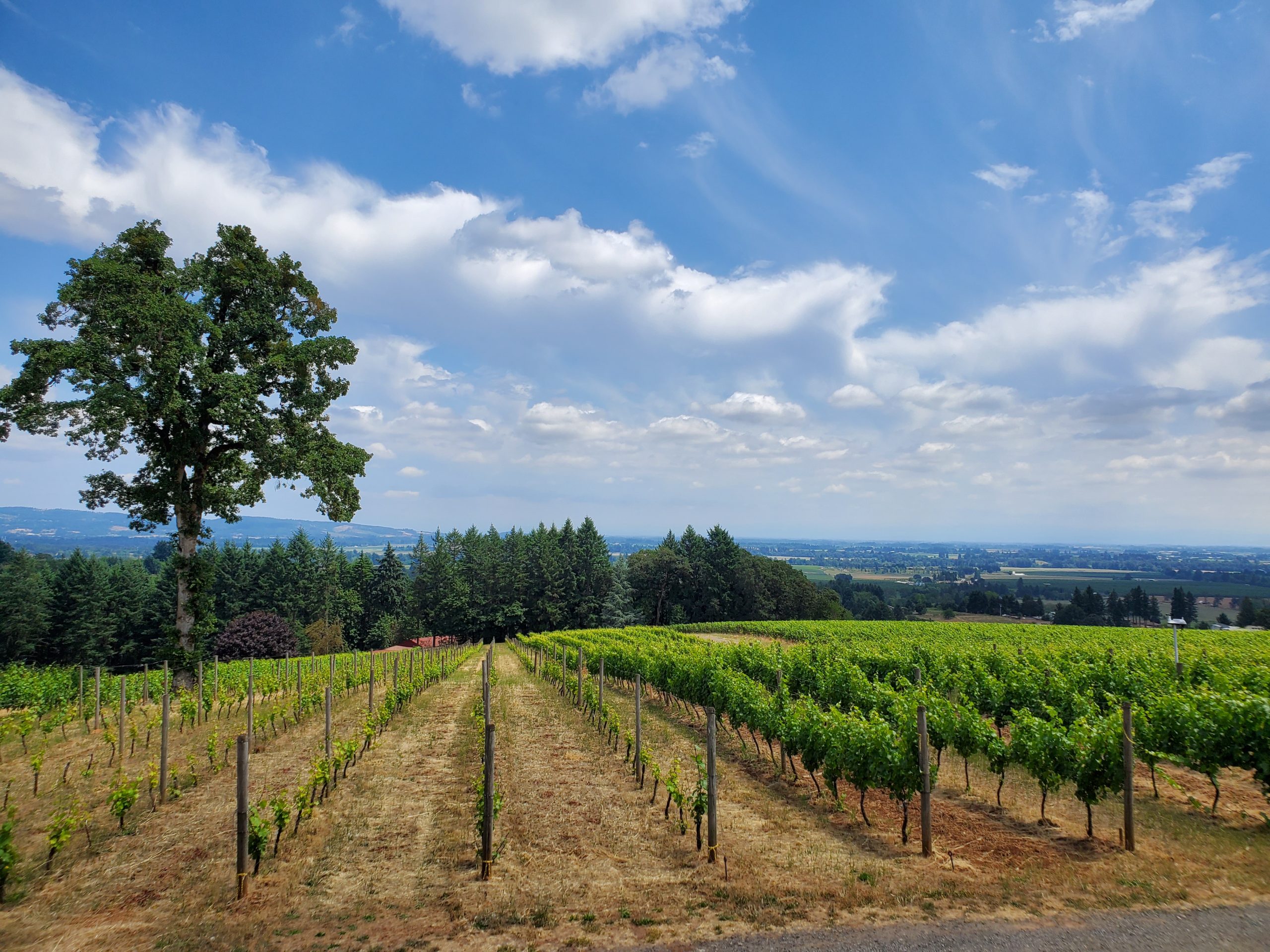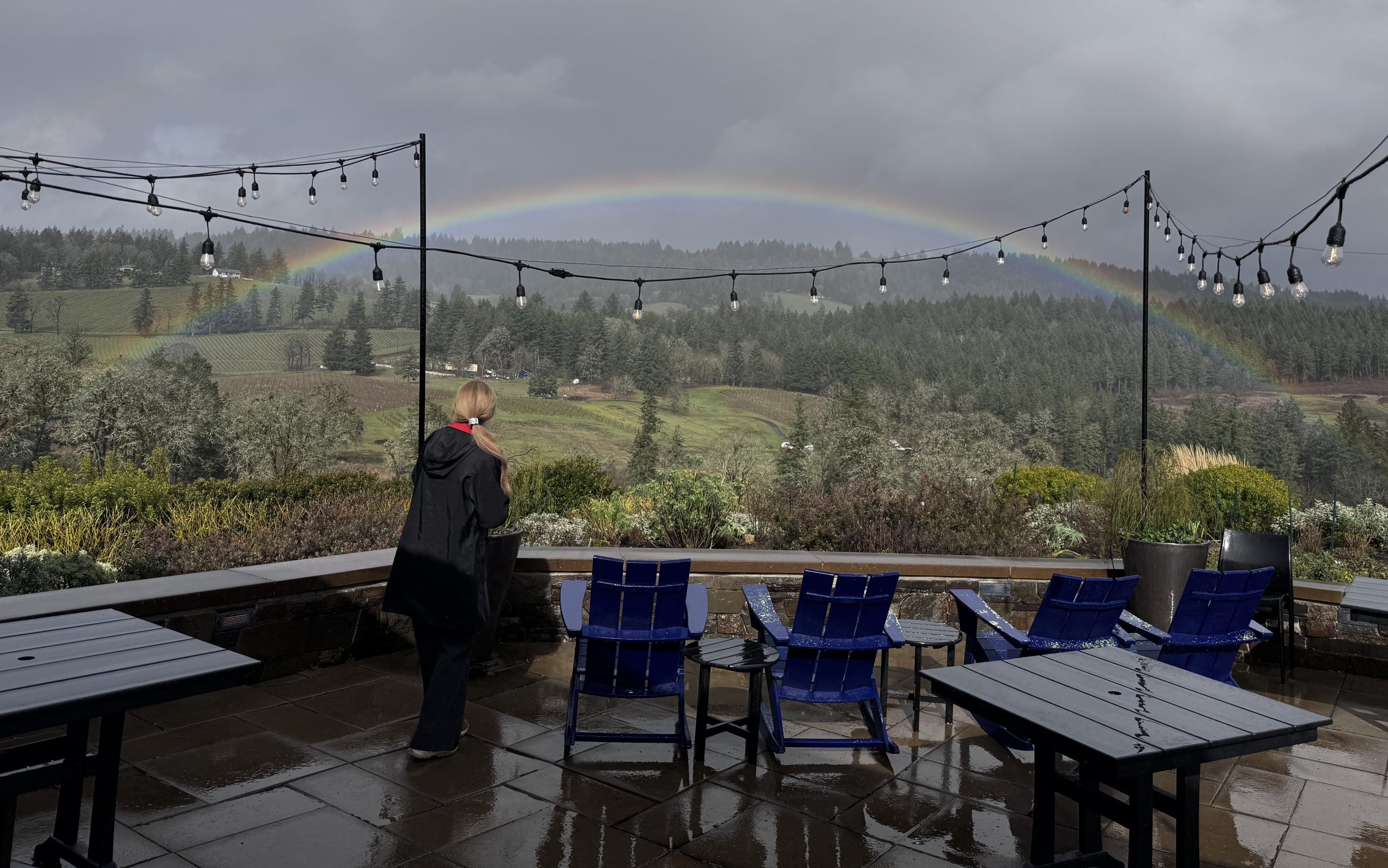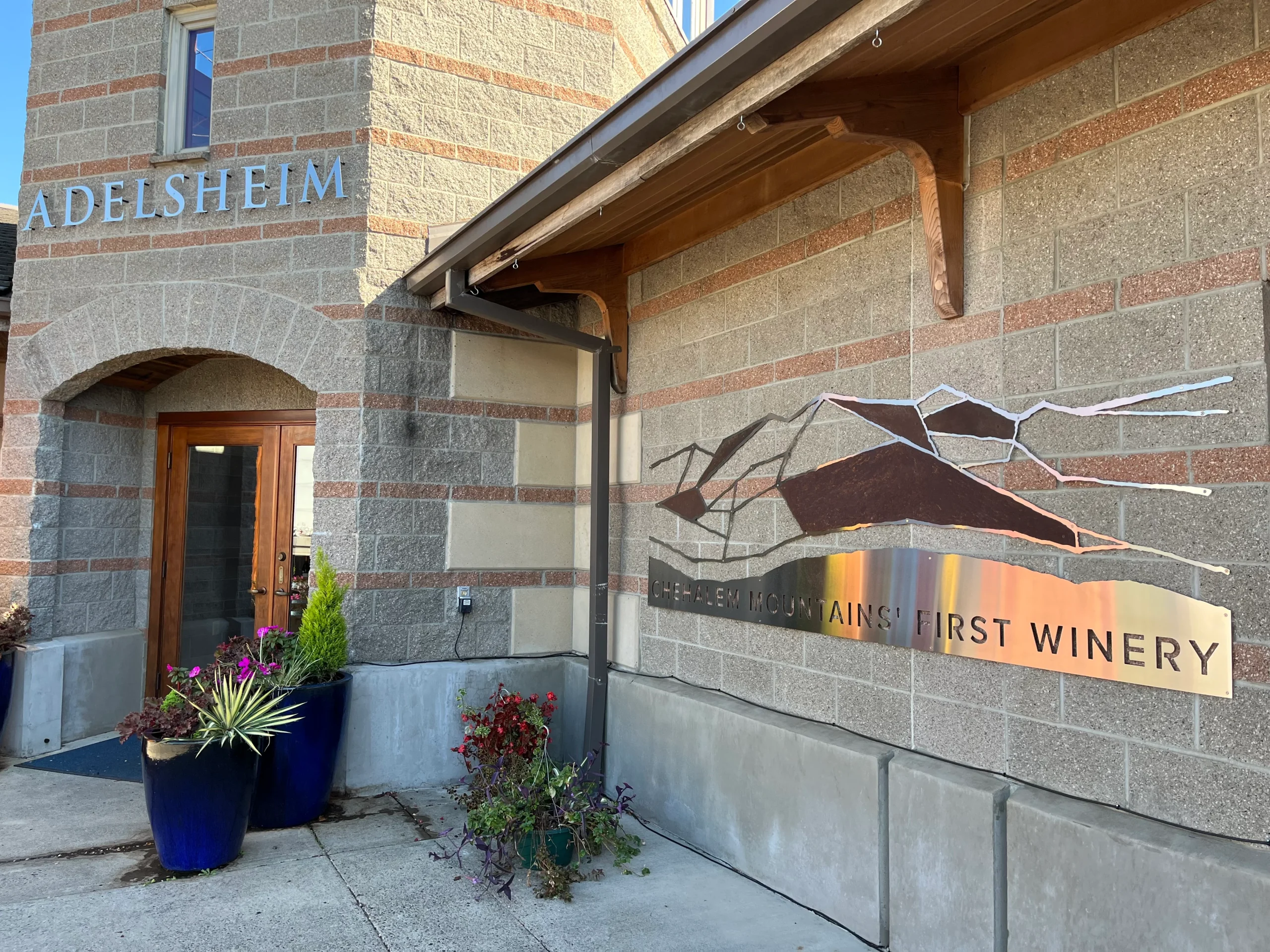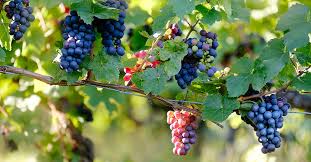Wine is an expression of a place and time, and when combined with the natural aspects of the vineyard such as water, sunlight, soil, and climate, we begin to understand a wine’s terroir. To understand terroir we have to go beyond the grape variety or the viticulture (farming) practice and recognize the unique environmental conditions in which grapes grow and how this environment gives the wine its unique flavor and aroma.
Temperature
During the growing season, the temperature can have a significant effect on the acid-sugar balance in the fruit. This effect can be significant in the finished wine. High temperatures are usually connected to a poor acid-sugar balance; however, cold temperatures can also have a negative impact. At the beginning of the growing season, frost can significantly impact young shoots during bud burst or late in the season when an unexpected frost can ruin the unharvested fruit.
Fog & Wind
Both of these can have positive and negative impacts in a vineyard. Fog may be desirable in warmer climates as it can reduce temperatures and block sunlight but fog also raises the humidity. In some cases, like Noble Rot, an early morning fog that burns off by the sun in the afternoon is desirable. Too much wind can interfere with the pollination process, and high winds could stress the vines and dominate the trellis system used and how the vines are pruned.
Rain
A moderate amount of rain is needed during the growing season as well as the winter when the vines are dormant. Vines typically need about 24 inches of rain each year. However, rain is typically unwanted during harvest as grapes tend to swell which dilutes their sugar. Hail can also be a problem, particularly in the early Spring when it can cause severe damage during bud burst.
Geography
Latitude, elevation, slope, topography, and distance from water can all have an impact on the grapes. Vineyards located closer to the equator will have a hotter climate than those further away from the equator which has long summer days, cool nights but a shorter growing season. Vineyards at higher elevations are typically cooler and experience more wind than those found on the valley floor. Higher elevation vineyards also experience more temperature variations (diurnal range) between day and night. Vineyards found in the northern hemisphere typically slope south to face the equator and slope north in the southern hemisphere. This can be desirable in cool climates but not so desirable in hot climates. Although hillside (mid-slope) vineyards are usually desirable, the topography of a vineyard can create subtle characteristics that are more desirable. Steep slopes make it more difficult to manage the vines and a rolling topography can collect too much water or too little water at higher elevations.
Soil
Soil type is defined by the size of particles it contains. Clay has very fine particles which prevent water from passing through it, silt is intermediate, sand is corse with very little water retention and gravel is large pieces of solid, inorganic material. Although vines can grow in most soil types, there are two factors found on almost every great vineyard site:
- The soil is not very fertile. This allows the vine to produce less fruit that is more concentrated in flavor. This is why most vineyards are found in areas that are not desirable for the production of other crops.
- The soil allows the roots to permeate the ground and absorb water but also allows excess water to be drained away.
Does the soil impart its unique composition into the character of the wine? That is the great debate that still continues today.
Your thoughts?
Dan K. Johnson
Proprietor
Office: 503 476-1006 x1
Direct/Text: 503 862-8889
www.trianglewinecountry.com










